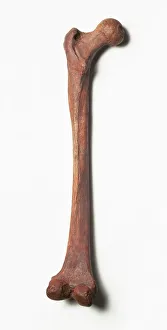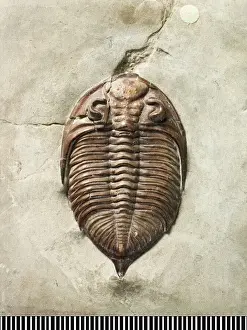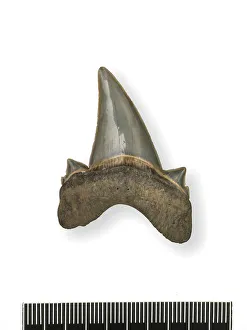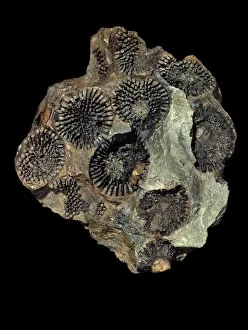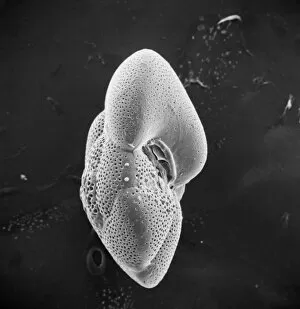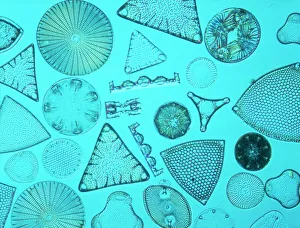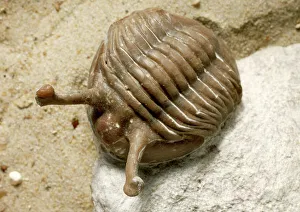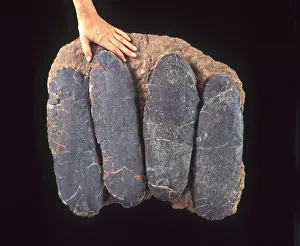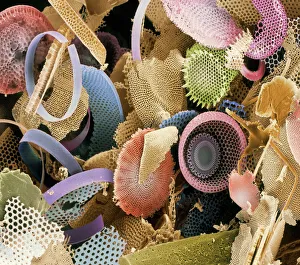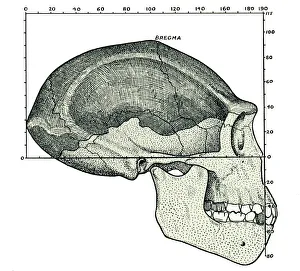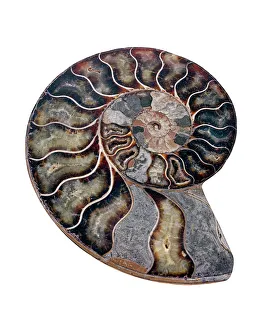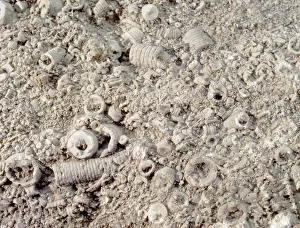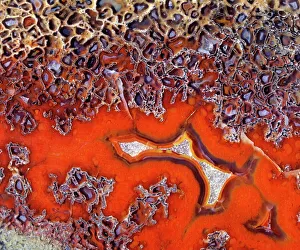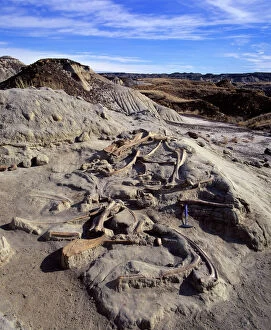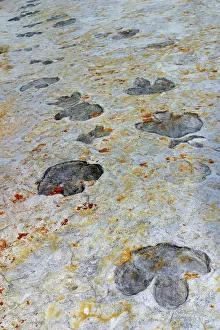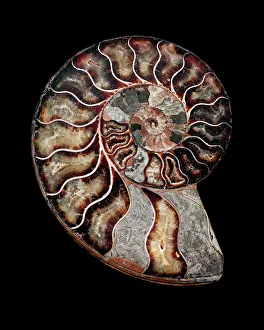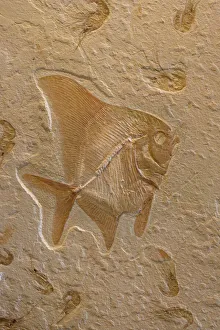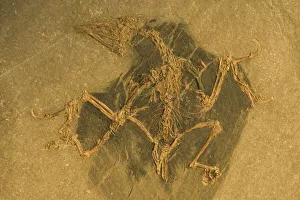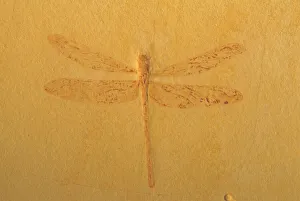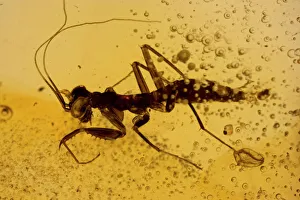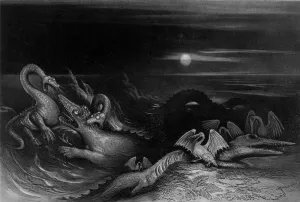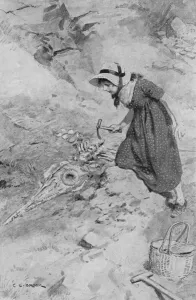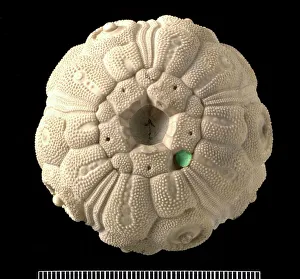Fossil Collection (page 3)
"Fossil Discoveries: A Glimpse into Earth's Ancient Past" Dive deep into the mysteries of the ocean with a fossil tooth from the mighty megalodon
All Professionally Made to Order for Quick Shipping
"Fossil Discoveries: A Glimpse into Earth's Ancient Past" Dive deep into the mysteries of the ocean with a fossil tooth from the mighty megalodon, an awe-inspiring predator that ruled the seas. Unveiling "the first bird, " Archaeopteryx, a remarkable creature bridging the gap between dinosaurs and birds, leaving scientists in awe of its evolutionary significance. Journey back to the Paleozoic era as we explore fossils that offer a glimpse into life on Earth millions of years ago. Witness the mesmerizing glow under UV light as we examine a fossil ammonite from Madagascar's Albian Stage, showcasing nature's hidden beauty. Step foot into Jurassic times with Archaeopteryx, an extraordinary fossil bird that continues to captivate researchers and enthusiasts alike. Reflect on how time has shaped our world through an intriguing cartoon depicting astonishing changes over millennia. Trace Darwin's historic voyage across South America through his meticulously mapped Beagle expedition, unraveling secrets of evolution along his path. Walk in ancient footsteps preserved in Laetoli's fossilized footprints, offering us insights into our early human ancestors' way of life. Rediscover hope for extinct species as we marvel at Coelacanth fossils found off South Africa's coast after being presumed extinct since the Cretaceous period. Marvel at Berlin specimen C016/5071 - an iconic Archaeopteryx fossil revealing intricate details about this enigmatic creature and its place in history. Explore humanity’s origins with Homo erectus (Sangiran 17), H. sapiens (?), H. neanderthalensis – unlocking clues to our ancestral past and diverse lineage. Travel back to 1862 Britain where prehistoric marine reptiles come alive through fascinating British discoveries – unveiling ancient sea creatures like never before.







